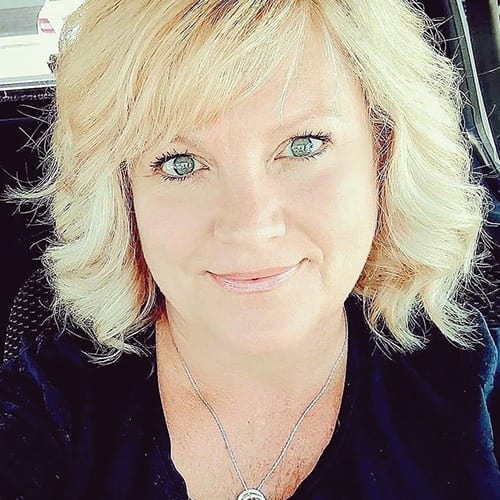
Rachel Adams
Project Director, J.S. Held
What do you consider the most important tools for mold remediation, and why?
Q:
A:
Obviously, there is a mold issue due a water-related event. Therefore, it is important to identify wet building materials. Part of the remediation is to also ensure everything has been effectively dried back to an EMC. Moisture meters such as penetrating and non-penetrating are highly important. Typically, mold remediation is being conducted under a lower partial pressure differential (a.k.a. negative air), but how much negative air is being created? A contractor can always look at the direction the plastic is moving, but that does not ensure the adequate negative pressure of -5 Pascals (-0.02“ water column) has been achieved. A manometer is the only true way to measure the pressure differential that has been created. Some of the manometers can also collect pressure readings and provide a hard copy, which allows the contractor to provide documentation to show the pressure was not compromised during the project. Many times, it is difficult to identify all of the materials that are impacted by mold growth, so using tools such as a borescope allows for inspecting inside wall cavities and flooring assemblies. Particle counters can also be used to determine breakthrough of a HEPA air filtration device, as well as provide information to the contractor as to the cleanliness of the contained area.
What advancements to mold remediation tools stand out in your mind, or would you like to see?
Q:
A:
Several tools such as thermal imaging cameras and manometers have become better in quality but have also come down in price to allow all sizes of restoration companies to be able to afford the right tools. Meters such as manometers like the Omni Guard are being used more often on high-profile jobs for documentation of pressure differentials and companies are able to bill it out as remote monitoring. Many newer models of equipment such as HEPA units and dehumidifiers have Bluetooth technology that allows contractors to monitor their equipment even when they are not there to do onsite monitoring. It can indicate to a contractor when equipment is turned off by the customer and confirm the location of the equipment.
About Rachel
Rachel Adams has been involved in the water damage and environmental health industries for more than 27 years. She holds a Master Restorer designation from the Institute for Inspection Cleaning and Restoration Certification (IICRC) and is a project director for J.S. Held. Adams was founder and president of Indoor Environmental Management, Inc. (IEM) in 1994, where she conducted inspections of residential and commercial buildings throughout the country. She served on the board of directors for the IICRC and was appointed to serve as the technical advisory committee chair for the development of the IICRC Applied Microbial Remediation Technician (AMRT). Adams serves on the committee to write and establish guidelines and updates for the S520, Standard and Reference Guide for Professional Mold Remediation, and currently teaches AMRT, WRT, ASD, HST, OSHA and other classes. She is an honorary board member for the Society of Cleaning and Restoration Technicians (SCRT), and an associate member of the American Conference of Governmental Industrial Hygienists (ACGIH) and the American Industrial Hygiene Association (AIHA).